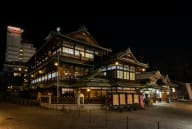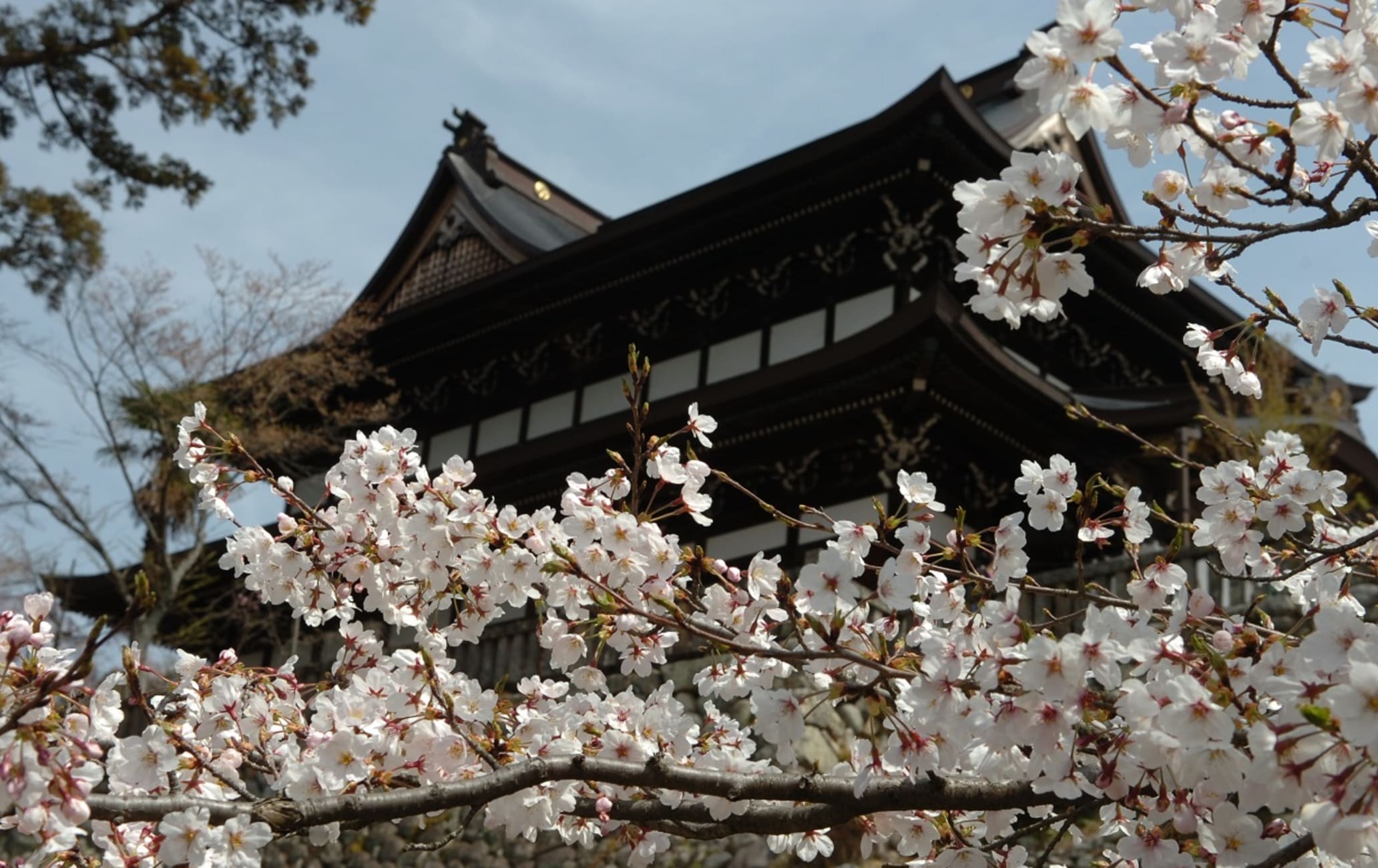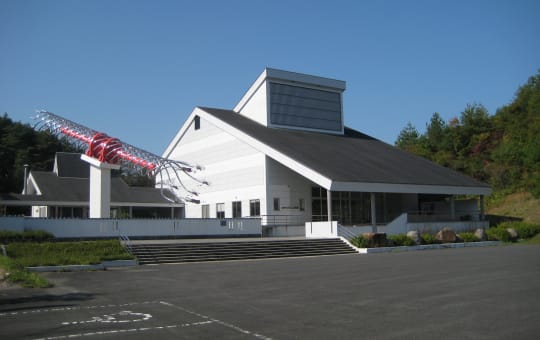Autrefois centre de fabrication de sabres pour les samouraïs, aujourd'hui centre de fabrication de lames fines à usage quotidien
Le maître forgeron connu sous le nom de Kaneshige (ou Kinju) s'installa dans la région de Seki au XIVe siècle et fonda, avec Kaneuji, la tradition Mino de fabrication de sabres. Les lames qu'ils fabriquaient étaient convoitées par des seigneurs et des samouraïs dans tout le Japon.
La tradition perdure bien que les lames soient désormais utilisées à des fins beaucoup plus conventionnelles et disponibles à l'achat.
Comment s'y rendre
Seki est accessible en train.
À la gare de Gifu, prenez la ligne JR Takayama jusqu'à Mino-Ota et changez pour prendre la ligne ferroviaire de Nagaragawa Railway. La gare de Seki est le septième arrêt.

À la pointe de l'épée
Depuis que la tradition Mino de fabrication de sabres fut fondée dans la région de Seki, cet endroit est connu pour ses lames. Quand le Japon commença à se moderniser au début de l'ère Meiji (1868-1912), le port du sabre fut interdit aux samouraïs. De ce fait, les ventes chutèrent énormément. Les artisans se sont diversifiés et ont commencé à fabriquer des couteaux, des ciseaux, des couverts et d'autres outils, pour lesquels Seki est toujours réputée.
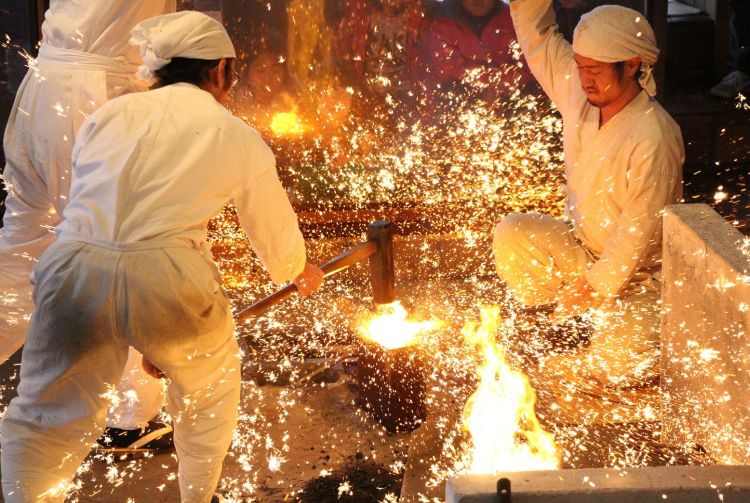
Le musée de la fabrication de sabres
Vous pourrez découvrir l'un des arts les plus respectés du Japon au musée de la fabrication de sabres à Seki. Il est situé à quelques minutes à pied de la gare de Hamono-Kaikanmae sur la ligne ferroviaire de Nagaragawa.
En plus de présenter tous les aspects de la forge de sabres, certains jours, vous pouvez regarder les forgerons travailler, frapper l'acier et littéralement faire des étincelles. S'il y a un jour où vous devez absolument venir, c'est le 2 janvier, premier jour de forge de l'année où ont lieu des rituels solennels et des festivités.
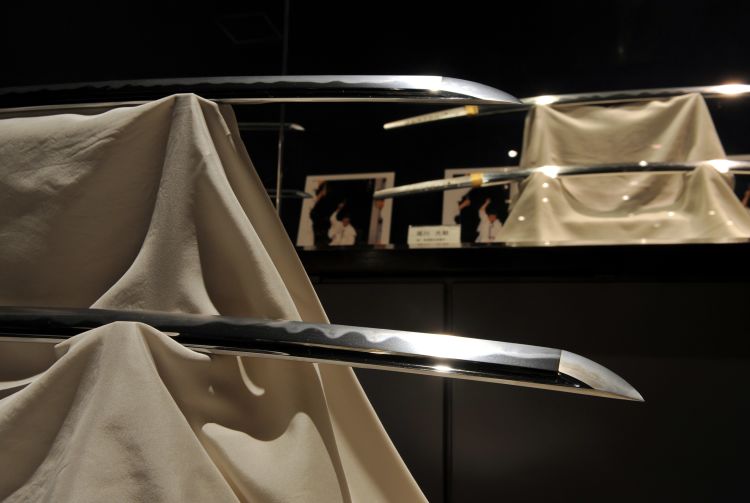
Le paradis de la lame
Entre le musée et la gare, vous trouverez le Gifu Cutlery Hall, un magasin qui propose tous les types de lames de Seki imaginables, du coupe-ongles aux répliques de sabres, en passant par les couteaux de cuisine et les ciseaux. Les ciseaux-sabres inspirés des samouraïs sont particulièrement appréciés des visiteurs. Certains articles sont soldés jusqu'à 20%. Certains membres du personnel parlent anglais.
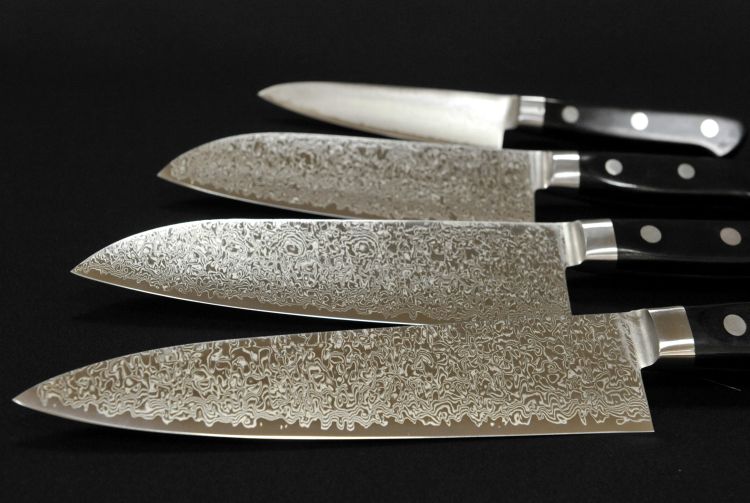
Seki Zenkoji
Seki Zenkoji, situé à une courte distance du musée à Seki, fut nommé d'après le plus grand et plus célèbre temple Zenkoji de Nagano . Tout comme le temple Zenkoji de Nagano, celui de Seki dispose également d'un passage souterrain très sombre. Vous pourrez marcher en touchant les murs de chaque côté et essayer de trouver la poignée de porte en métal censée conduire au royaume des morts.
Les dernières informations à jour pourraient être différentes, alors veuillez consulter le site officiel
Veuillez noter que le nom de la gare de Hamonokaikan-mae deviendra Sekiterasu-mae le 11 avril 2022.
















